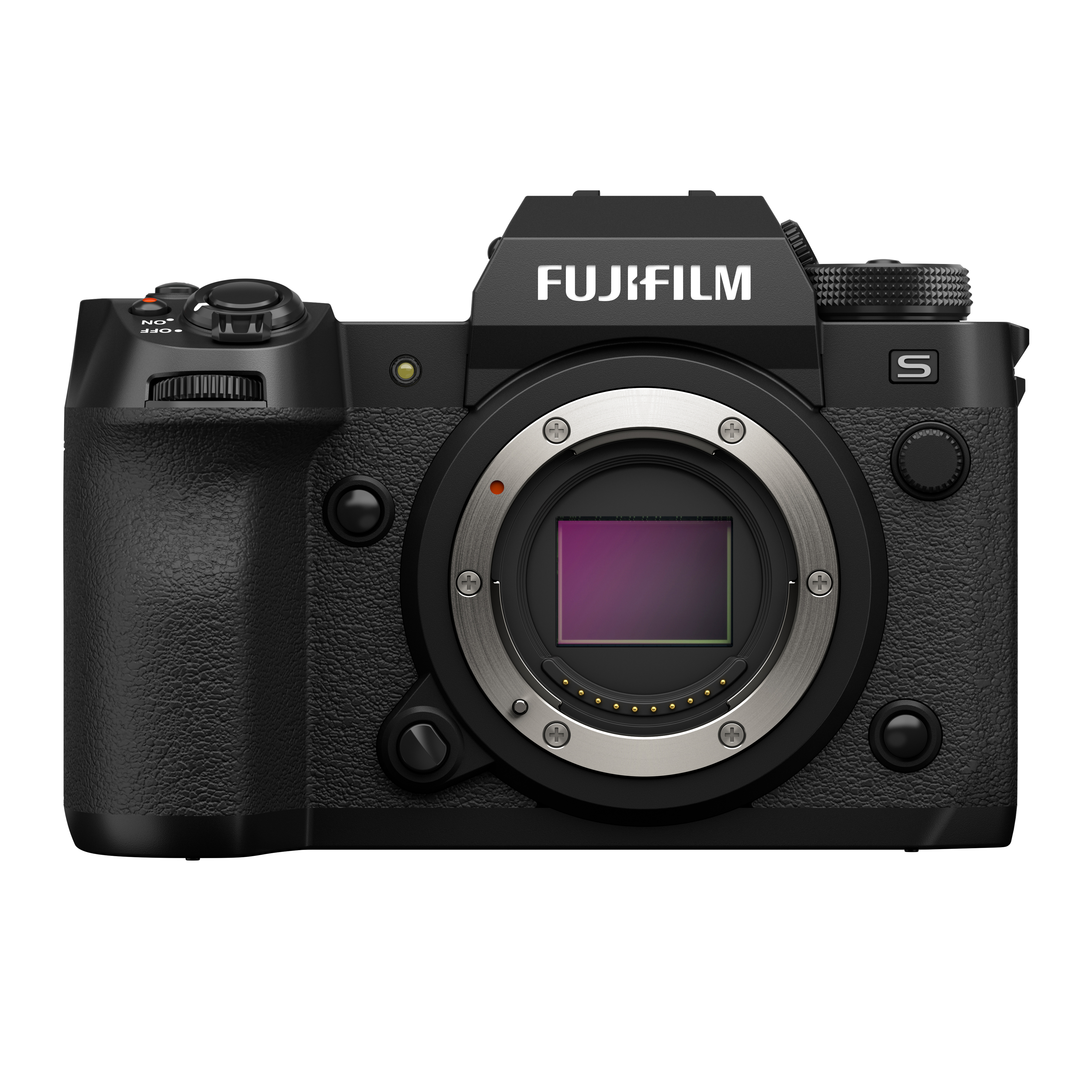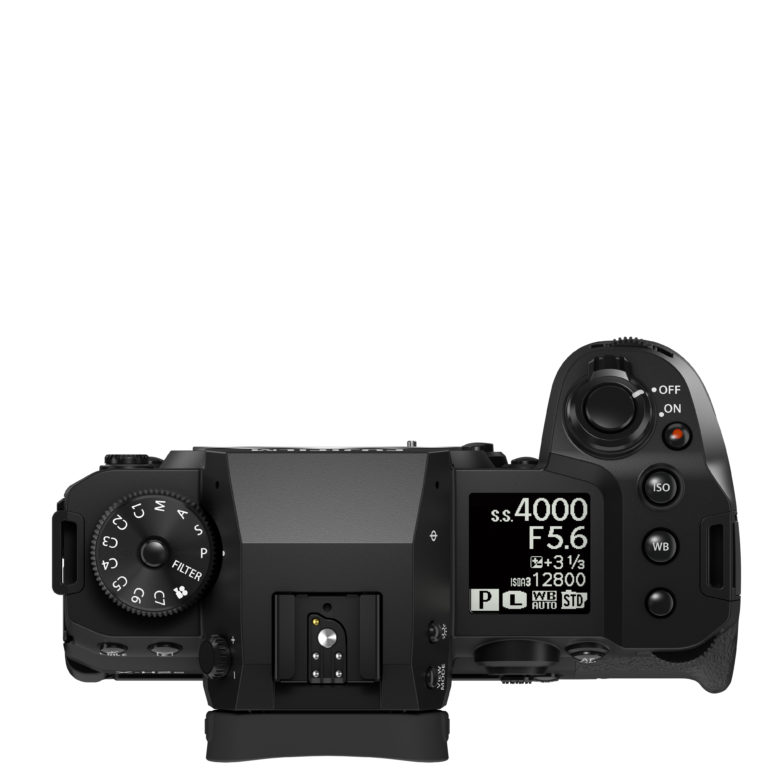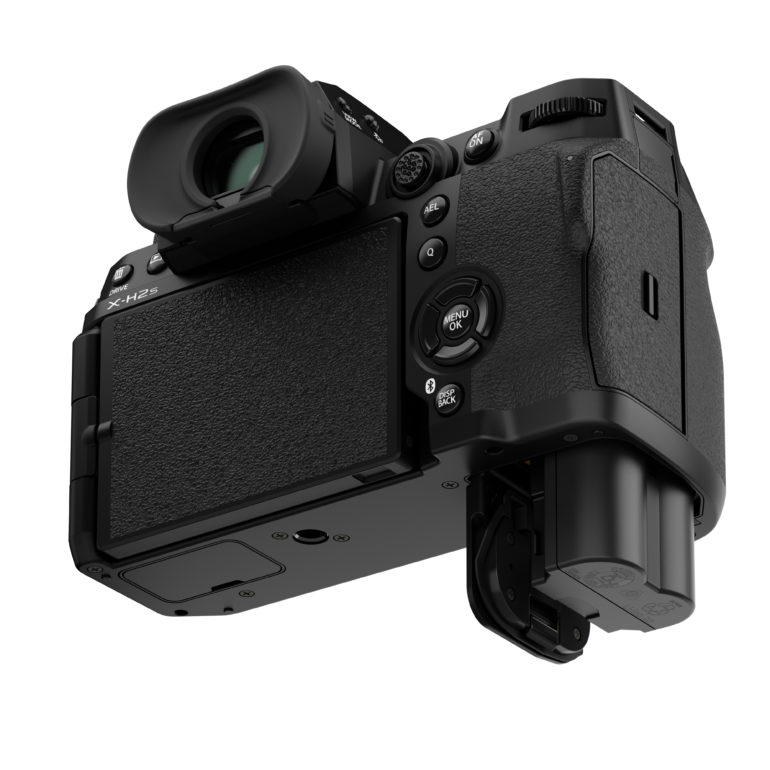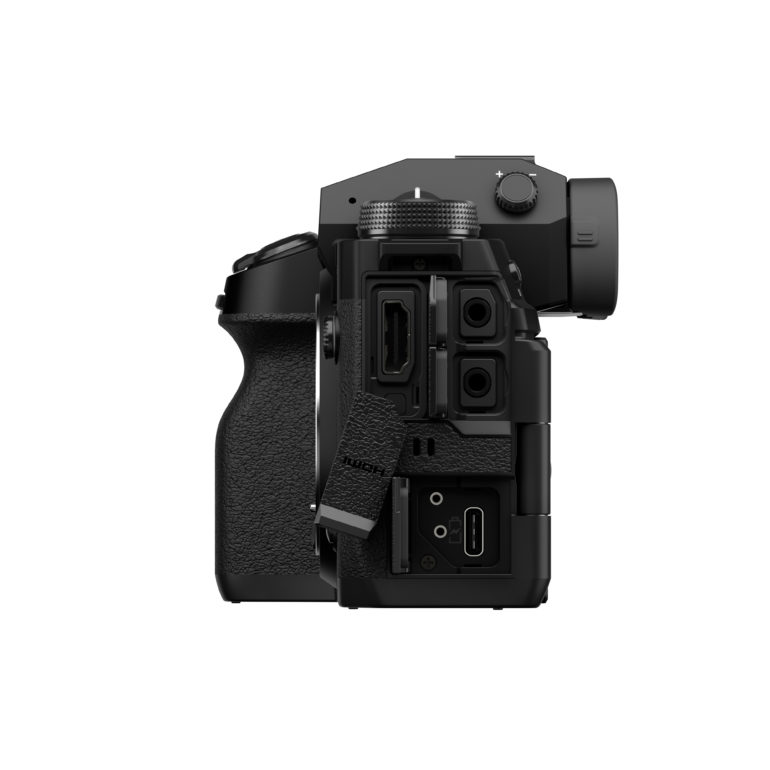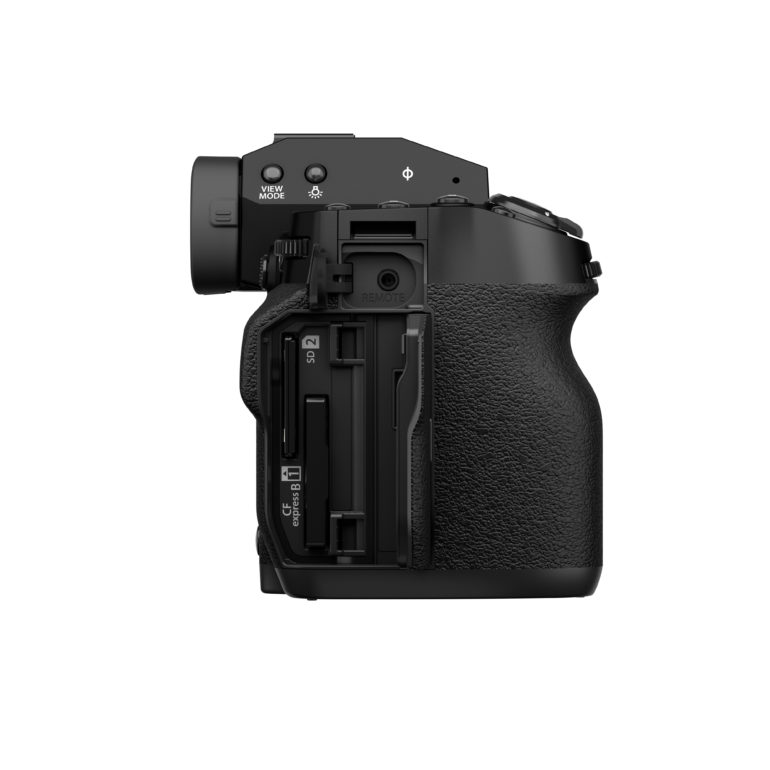“No!” is exactly what Reviews Editor Hillary Grigonis responded with when I talked to her about the new Fujifilm XH2s before the announcement. Why? With the Fujifilm XH2s being officially announced, we’re sure it will be the single most polarizing camera in the system. Many photographers didn’t like the Fujifilm XH1, which was evident in the fact that it didn’t sell. So, Fujifilm slashed its price and included the vertical grip with it. And that’s the only way they cleared the units out of the warehouses. After a lot of careful thought, I think this camera will be just as polarizing.
This seems to be when APS-C cameras are genuinely starting to shine. Most Fujifilm users reach for APS-C models like the XT4 and the X Pro 3. Now, the Fujifilm XH2s is really the flagship camera, along with the X Pro 3. But is it enough? I’m really not sure.
Fujifilm XH2s Tech Specs
- 660 grams, which is lighter than the original
- Smaller than the original XH1.
- 26MP Stacked BSI CMOS Sensor. Fujifilm says that this is a brand new sensor.
- X Processor 5
- No shutter dial anymore, but there is a mode dial instead
- Larger grip
- Top LCD
- ISO and white balance buttons
- Deep learning AI autofocus
- AI for humans, birds, animals, automobiles, bikes, airplanes, and trains.
- 5.76MP dot EVF at 120 fps.
- 3inch LCD screen at 1.62MP
- 15fps in Mechanical shutter
- 40 fps in the electronic shutter, and blackout-free.
- 7 stops of IBIS
- CFExpress type B and UHS-II
- 6.2K video
- Weather resistance
- HDMI Type A
- 3.5mm microphone and headphone jack (finally)
- USB-C
- $2499
What Fujifilm Did Right
The Fujifilm XH2s address many concerns Fujifilm users have been voicing for a while.
In January, we talked about how Fujifilm needed to add in AI. They’ve got it now! Better yet, Fujifilm tells us that the AI tracking works with all autofocus modes and not just zone. We’re curious to see how this will work with street photography.
In 2019, we recommended that Fujifilm give the XH2s more IBIS. We’re getting it! IBIS makes sense with more new photographers and creators picking their cameras up, as many photographers can’t handhold a camera for more than one second. We’re looking forward to testing this feature in our review.
Back in 2021, we wondered if Fujifilm would ditch X Trans sensors. This hasn’t happened. The new BSI sensor is still X Trans. However, as megapixels creep up, the benefits of X Trans seem to be outweighed.
More than all this, they’ve continued to make their products weather-resistant and push their own products quite far. But all is not perfect in paradise.
What Fujifilm Did Wrong
Fujifilm is doing a lot wrong with the Fujifilm XH2s as well. We wondered if Fujifilm is growing out of the brand we loved. And from what you folks said in the comments, you’re agreeing with that feeling. The Fujifilm XH2s gets rid of the retro ergonomics we love and adore. It’s also available at a seriously high price point. But, more than that, all it does is catch up with the other camera systems. There isn’t really a whole lot that makes the Fujifilm XH2s innovative. For example, with the electronic shutter, the Fujifilm XH2s can outperform the Canon EOS R7. But, we’re not sure about rolling shutter on it just yet.
The list doesn’t stop there though. If you’re a long-time Fujifilm shooter, you’re probably shaking your head at this announcement.
Where are the new Fujifilm film simulations that make the system unique?
Where are the retro ergonomics that made the XT4 a success?
What about an actual, working touchscreen with an easy to navigate menu?
The Fujifilm XH2s instead feels a move Nikon would make, not Fujifilm. By that, I mean it’s just playing catch up.
How Will It Do?
For what it’s worth, I’m still not sure how the Fujifilm XH2s will perform. The possibility exists that there are all these awesome new AI algorithms but the camera’s autofocus will still lag behind others. The Fujifilm XH2s could also very well end up being the best APS-C camera we’ve tested in years. But at a price point of $2,499, it should perform flawlessly. At that price, you could get the Sony a7 IV with more megapixels and far more available lenses. Granted, you’re losing out at 10 fps and no film simulations, but at least you can move up to a higher-end camera with the same lenses.


